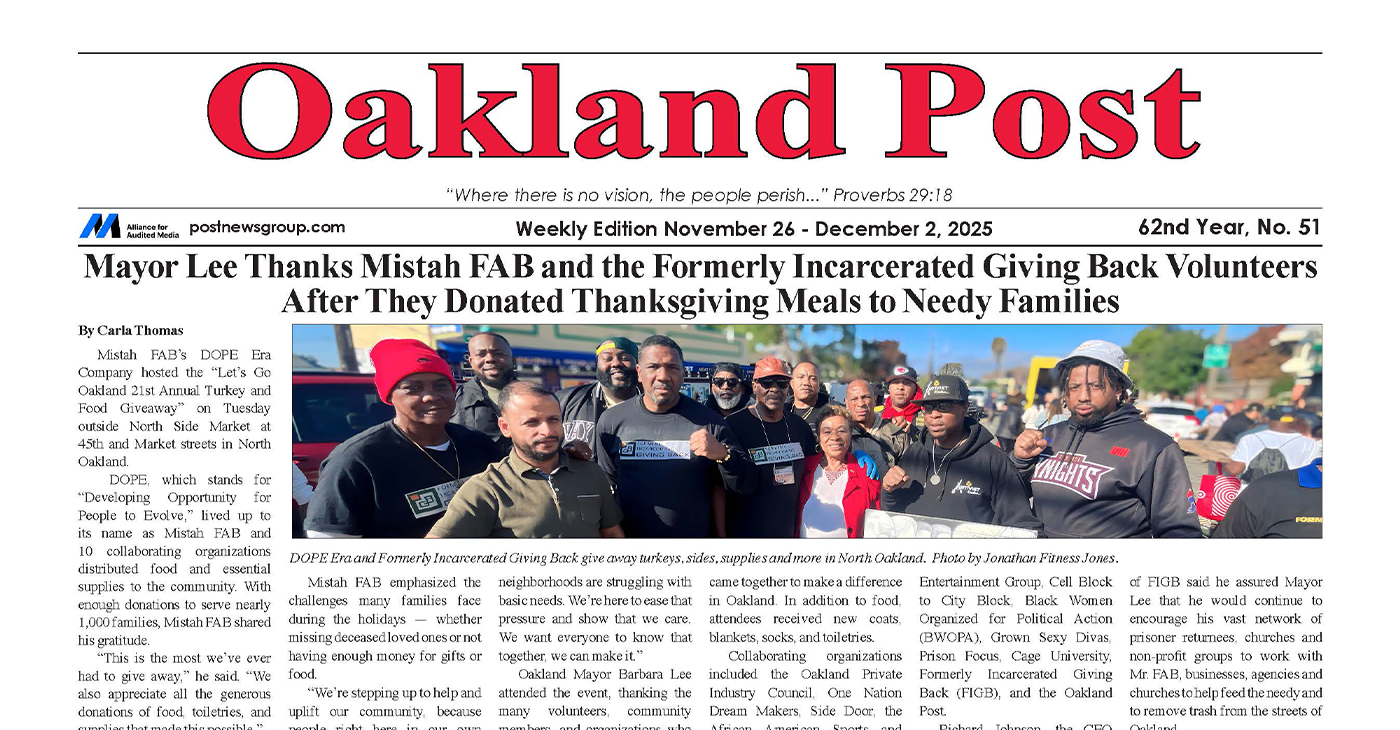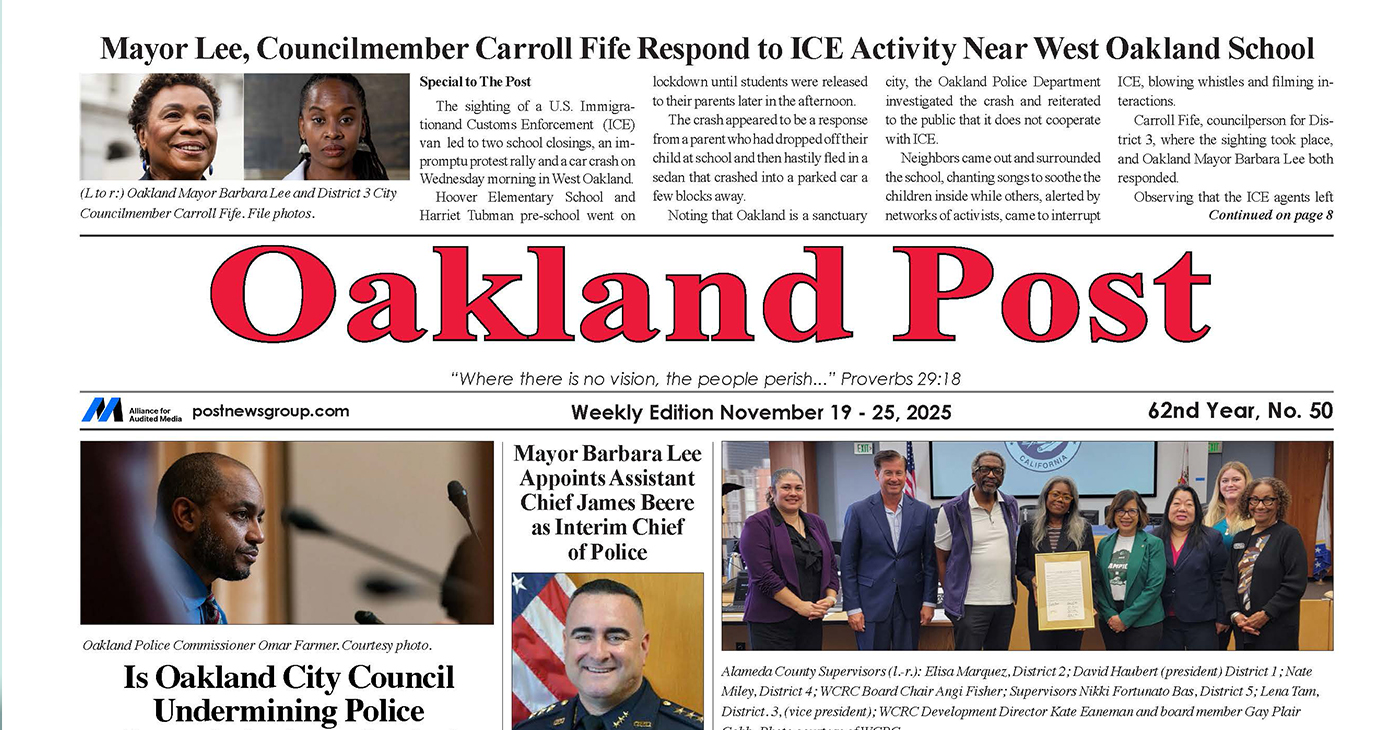Commentary
COMMENTARY: 8 tips for visiting the sick
MINNESOTA SPOKESMAN -RECORDER —
By Juliet Mitchell
“When… I was sick… you visited me.” Matthew 25:36
It’s not a happy subject to discuss, but it’s inevitable that human bodies will experience sickness, disease or break down. Since this is a fact of life, a part of the human condition, we are likely to be called upon to visit someone who is sick at some point.
So, let’s get real about this whole visiting the sick thang, y’all. Yes, my southern girl is coming out. Yes, I’m a GRITS (Girl Raised in the South). Growing up in the South around a close-knit community of relatives and friends, acquaintances and even strangers, visiting the sick was as much a part of life as farming, canning and going to church.
As good family, good community members and good church folk, you cooked some food, packed it up, cleaned yourself up and went to visit. Visiting included laughing (if the person was up to it), talking (if the person had the interest, strength or energy), listening (if the person wanted to listen), and sometimes sitting quietly.
Your visit may have required feeding, cleaning (yes, even cleaning the person — especially relatives and close, close friends) and sadly, sometimes that visit meant shedding some tears.
We know that at any age, sick and disease can take hold to our frail human bodies; however, as our population ages, it’s more likely that we will be visiting our elders as they approach the end of life.
I’ve spoken to medical professionals, clergy and caregivers and gathered etiquette considerations for visiting those persons.
8 life etiquette tips for visiting the sick
- Please call and arrange a time to visit. There are numerous considerations concerning time, feeding, bathing, dispensing of medication and a sleep schedule. Do not be offended if the caregiver gives you specific times to visit rather than allowing you to stop by at your convenience.
- Ask if it’s OK to bring something for the sick person to eat or drink. That person may be on a restricted diet or may not be taking food at all.
- On that note, it is also considerate to bring something for the family/other visitors if you’re visiting a home. If you do not know the person’s likes and dislikes, ask. Some general things that are usually needed include bottled water and/or juice; fruit, sandwich fixings, prepared meals. Remember to include paper towels, napkins, even disposable cutlery and cups. We live in a diverse world, so, again, if you don’t know, ask.
- Be as clean as you can and be prepared to take your shoes off if visiting a home (bring clean indoor shoes if you must wear shoes). Also, be prepared to wash your hands, use sanitizer and/or wear a mask.
- Be willing to sit in silence. Your presence and your positive energy are important, not necessarily a whole lot of chatter. I’ve actually been told that too much talking can be disturbing to the sick.
- While we’re on the topic of speaking, remember to tone it down. Some of us can be too loud. You might say, “Well, I’m just loud” or “That’s just the way I talk!” But this isn’t about you. Keep the volume low.
- Keep your visits short. A 10-, 15- or 20-minute visit is long enough. I know that it may seem cold, but according to my “research,” — depending on the degree and extent of the illness — the energy of visitors can be “draining” and de-energizing for the person who is ill.
- Should you bring flowers or a gift? Well, that depends. Again, ask. Besides the physical and emotional aspects of caring for the ill, families and caregivers are often faced with the stress, weight and worry of financial demands, as well. Perhaps a gift card or a monetary gift would better help to meet the needs of that family.
Do you have any etiquette tips related to visiting the sick? Please share them with me at jmitchell@spokesman-recorder.com.
This article originally appeared in the Minnesota Spokesman-Recorder.
Alameda County
Seth Curry Makes Impressive Debut with the Golden State Warriors
Seth looked comfortable in his new uniform, seamlessly fitting into the Warriors’ offensive and defensive system. He finished the night with an impressive 14 points, becoming one of the team’s top scorers for the game. Seth’s points came in a variety of ways – floaters, spot-up three-pointers, mid-range jumpers, and a handful of aggressive drives that kept the Oklahoma City Thunder defense on its heels.

By Y’Anad Burrell
Tuesday night was anything but ordinary for fans in San Francisco as Seth Curry made his highly anticipated debut as a new member of the Golden State Warriors. Seth didn’t disappoint, delivering a performance that not only showcased his scoring ability but also demonstrated his added value to the team.
At 35, the 12-year NBA veteran on Monday signed a contract to play with the Warriors for the rest of the season.
Seth looked comfortable in his new uniform, seamlessly fitting into the Warriors’ offensive and defensive system. He finished the night with an impressive 14 points, becoming one of the team’s top scorers for the game. Seth’s points came in a variety of ways – floaters, spot-up three-pointers, mid-range jumpers, and a handful of aggressive drives that kept the Oklahoma City Thunder defense on its heels.
One of the most memorable moments of the evening came before Seth even scored his first points. As he checked into the game, the Chase Center erupted into applause, with fans rising to their feet to give the newest Warrior a standing ovation.
The crowd’s reaction was a testament not only to Seth’s reputation as a sharpshooter but also to the excitement he brings to the Warriors. It was clear that fans quickly embraced Seth as one of their own, eager to see what he could bring to the team’s championship aspirations.
Warriors’ superstar Steph Curry – Seth’s brother – did not play due to an injury. One could only imagine what it would be like if the Curry brothers were on the court together. Magic in the making.
Seth’s debut proved to be a turning point for the Warriors. Not only did he contribute on the scoreboard, but he also brought a sense of confidence and composure to the floor.
While their loss last night, OKC 124 – GSW 112, Seth’s impact was a game-changer and there’s more yet to come. Beyond statistics, it was clear that Seth’s presence elevated the team’s performance, giving the Warriors a new force as they look to make a deep playoff run.
Activism
Oakland Post: Week of November 26 – December 2, 2025
The printed Weekly Edition of the Oakland Post: Week of November 26 – December 2, 2025

To enlarge your view of this issue, use the slider, magnifying glass icon or full page icon in the lower right corner of the browser window.
Activism
Oakland Post: Week of November 19 – 25, 2025
The printed Weekly Edition of the Oakland Post: Week of November 19 – 25, 2025

To enlarge your view of this issue, use the slider, magnifying glass icon or full page icon in the lower right corner of the browser window.
-

 Activism3 weeks ago
Activism3 weeks agoOakland Post: Week of November 12 – 18, 2025
-

 Activism4 weeks ago
Activism4 weeks agoOakland Post: Week of November 5 – 11, 2025
-

 Activism2 weeks ago
Activism2 weeks agoIN MEMORIAM: William ‘Bill’ Patterson, 94
-

 Activism3 weeks ago
Activism3 weeks agoHow Charles R. Drew University Navigated More Than $20 Million in Fed Cuts – Still Prioritizing Students and Community Health
-

 Bay Area3 weeks ago
Bay Area3 weeks agoNo Justice in the Justice System
-

 #NNPA BlackPress3 weeks ago
#NNPA BlackPress3 weeks agoThe Perfumed Hand of Hypocrisy: Trump Hosted Former Terror Suspect While America Condemns a Muslim Mayor
-

 #NNPA BlackPress2 weeks ago
#NNPA BlackPress2 weeks agoTrump’s Death Threat Rhetoric Sends Nation into Crisis
-

 #NNPA BlackPress4 weeks ago
#NNPA BlackPress4 weeks agoProtecting Pedophiles: The GOP’s Warped Crusade Against Its Own Lies



















































